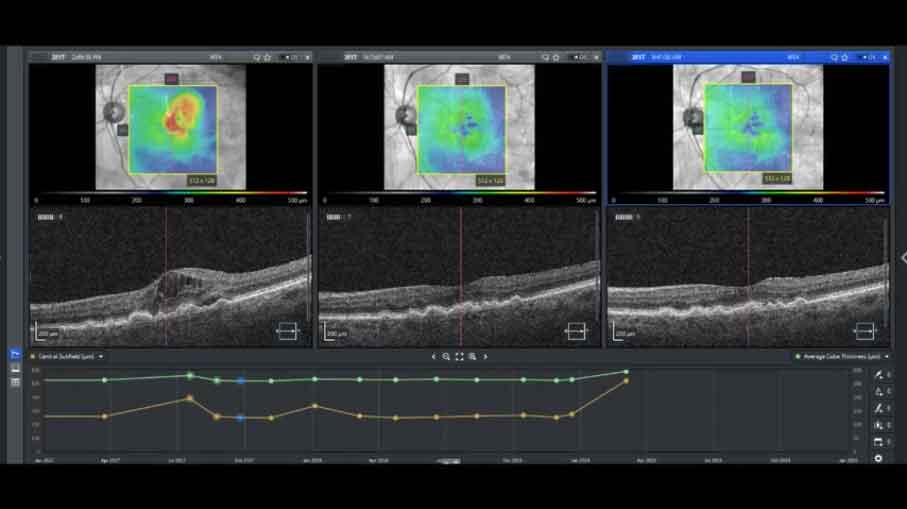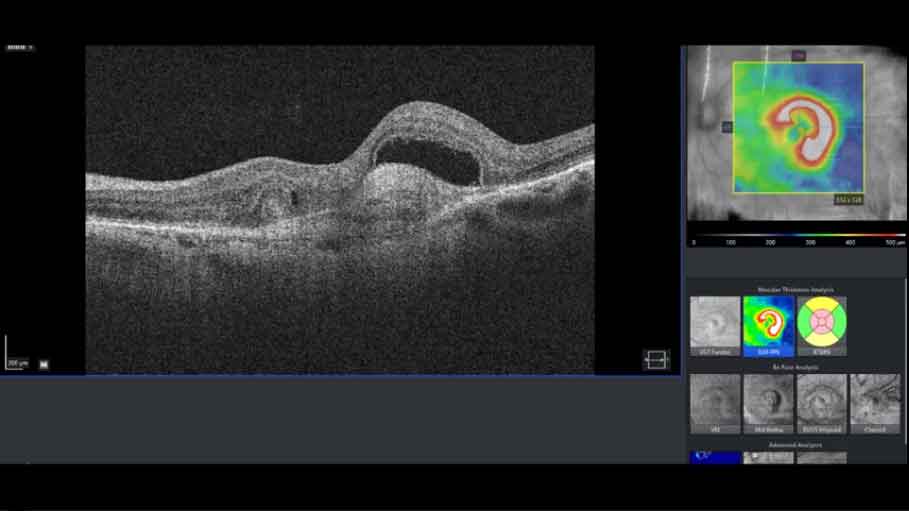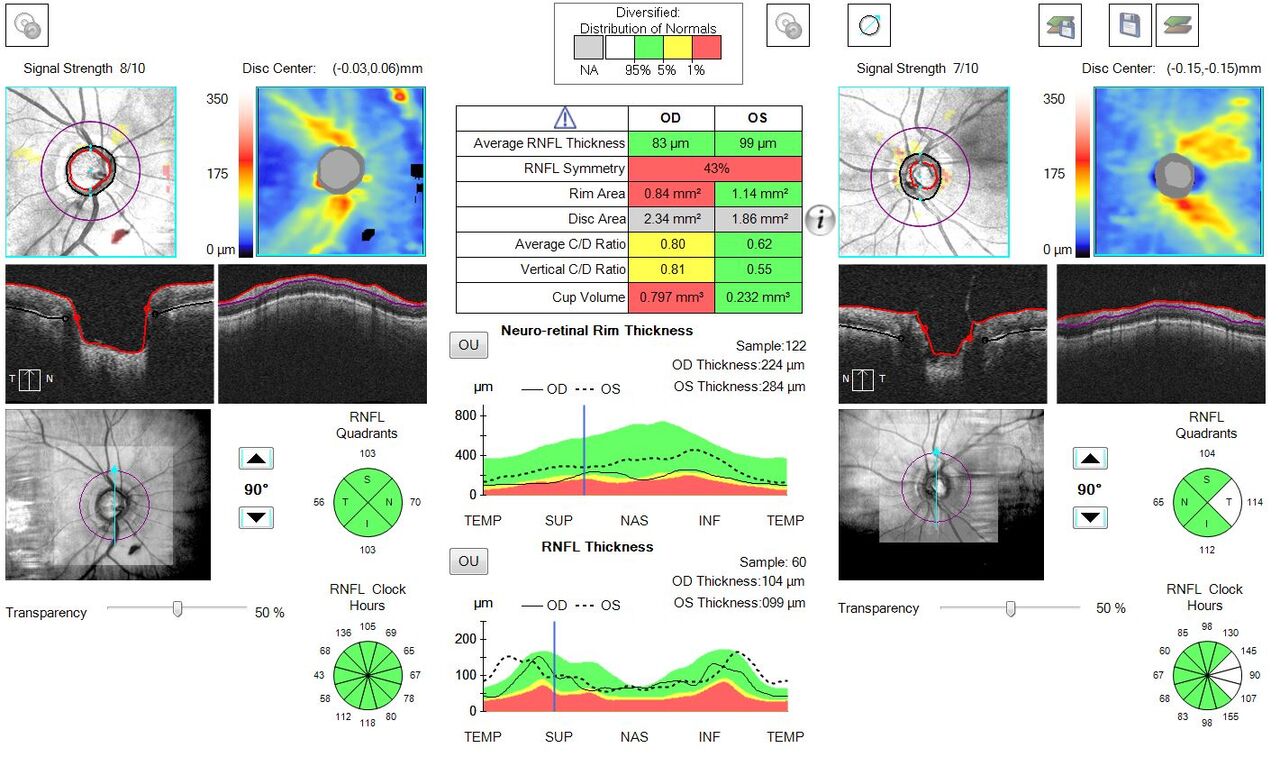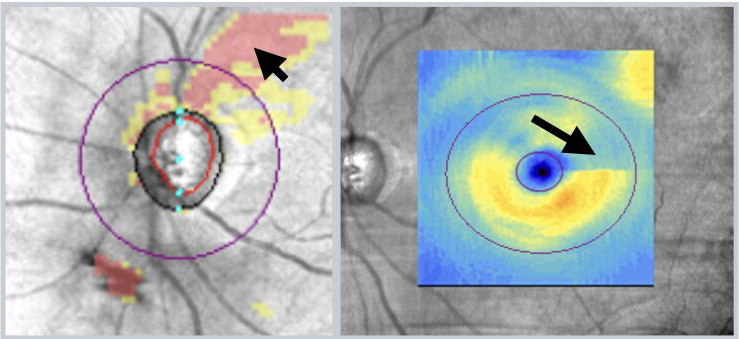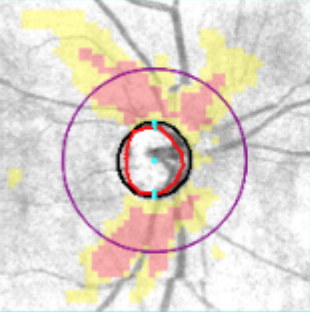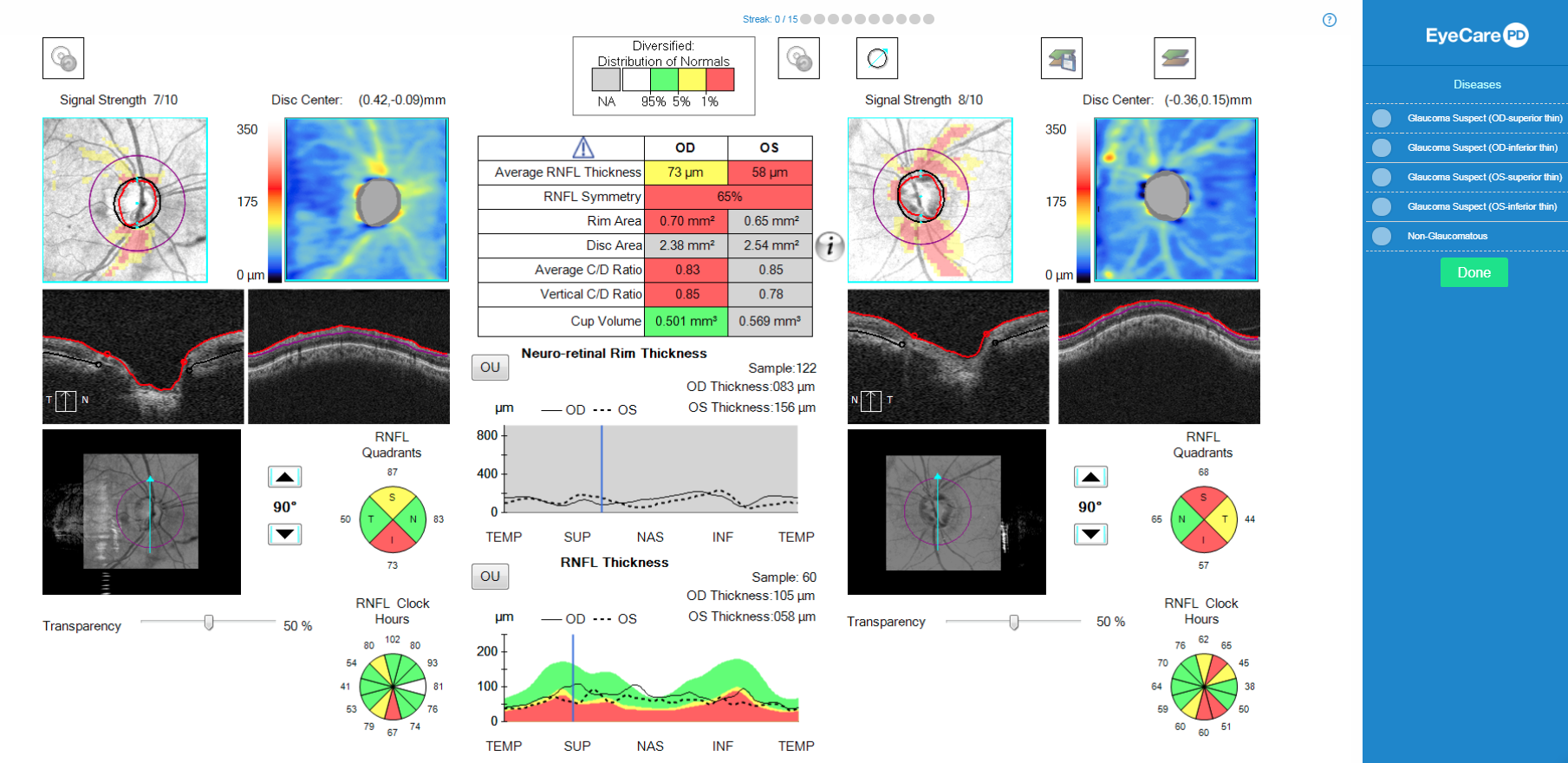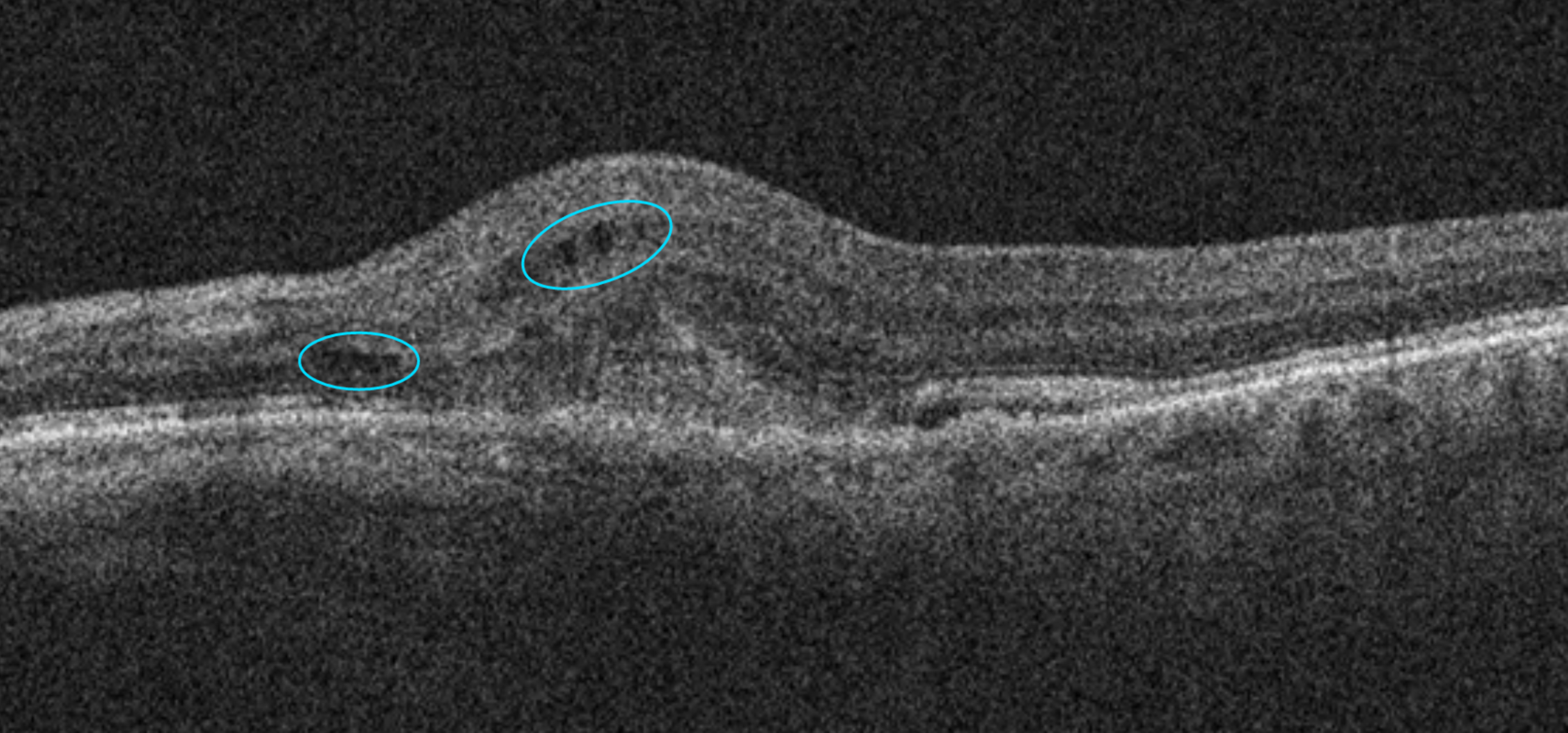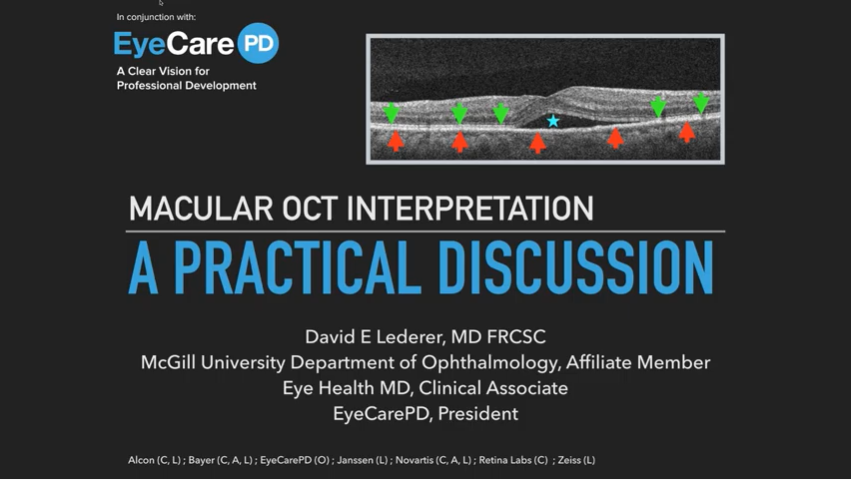
The EyeCarePD educational platform is designed to promote active learning through interaction with OCTs. That said, I still enjoy delivering traditional lectures from time to time. I’d like to share some of these with you. Here is one I gave at a trade show a while back. The original post had 145k views on the… Read More
